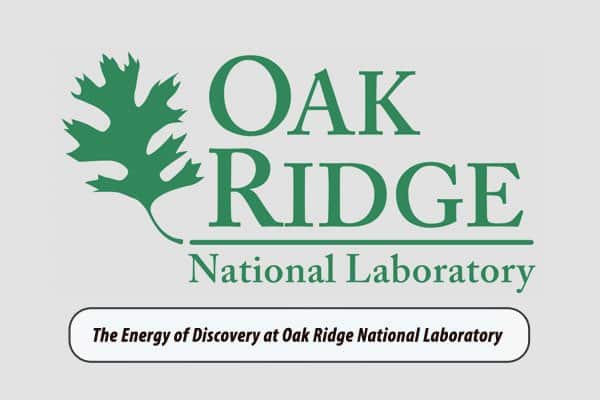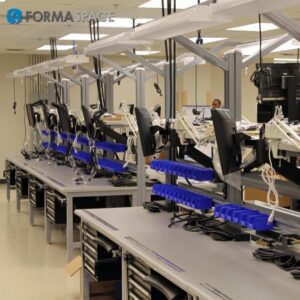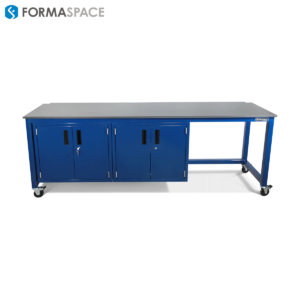If it wasn’t for World War II, the farmland surrounding the small town of Oliver Springs, Tennessee would probably be nearly as rural and isolated as it was back in the 1930s. But one of the most secret high-tech industrial projects of all time — the Manhattan Project — selected this remote valley to build research laboratories to extract plutonium from enriched uranium, which would later be used to build the first atomic weapons.
Oak Ridge National Laboratories Debuted a 3D Printed House & Vehicle
Far from communication centers and potential German spies, the new top-secret facility — originally called the Clinton Laboratories — had ready access to plentiful hydroelectric power thanks to the Tennessee Valley Authority’s (TVA) system of dams along the Tennessee River and its tributaries that were built during the Roosevelt administration as part of the New Deal.
Today’s Oak Ridge National Laboratory (ORNL) is a basic science research, engineering, materials science and computing powerhouse with an annual budget north of $1.6 billion. The famed Battelle Memorial Institute of Columbus, Ohio jointly manages the laboratory in partnership with the University of Tennessee. The scientists at the Oak Ridge National Laboratory are highly prolific — in fact, today there is an announcement about their new discoveries in high temperature superconductivity research. But, as we wrote in a previous article, we’ve been waiting for ORNL to debut their latest research in their Additive Manufacturing Integrated Energy Demonstration project (or AIME for short, pronounced like “Amy”).

At a press conference last week, AIME researcher showed off their full scale model of a 3D Printed House, designed in partnership with the famed architecture firm SOM (formally known as Skidmore Owings and Merrill). This ultra-modern home features 1 inch think printed walls and solar panels integrated into the roof. The AIME home features a built-in battery system than allows it to go off the grid when necessary, or draw or return power to the grid, depending on how much solar energy it’s production from the panels on the roof.

We’ve taken note of ORNL’s expertise in 3D printing entire vehicles before; their expert replica of a Ford Shelby Cobra sports car certainly caught our eye earlier this year. This time they have printed an entire SUV to go with the 3D printed house. But wait! There’s more! There is a highly sophisticated system built into both the SUV and the house that allows them to share stored energy with each other — and with the grid. In other words, the house can charge the vehicle and vice versa, and both can draw power from the grid or return excess stored energy to the grid as needed.
Perhaps you have seen the recent campaign from Samsung on television promoting their wireless charging stations for their phones. Researchers working on the AIME project have been researching wireless charging technology — just at a much bigger scale. When the 3D printed SUV drives up to the AIME demonstration house and parks over the charging pad, there is no need to connect any cables to begin charging the vehicle. In fact, researchers at ORNL are developing prototype systems that would allow electric cars to be charged as they roll down the road using wireless charging stations embedded in the pavement.
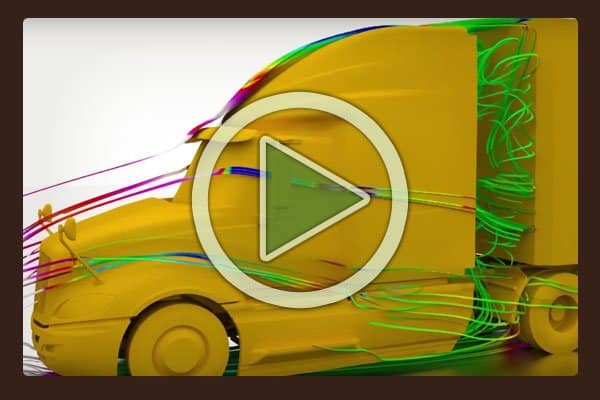
Oak Ridge National Laboratory is also using its unbelievably high-powered supercomputer named TITAN to research fuel efficiency of conventional vehicles, like the ubiquitous, fuel guzzling semi-truck — which transport the majority of goods in this country. The TITAN supercomputer can calculate massive computational fluid dynamics solutions in a matter of hours, giving transportation designers rapid feedback when creating prototypes that reduce wind reduce resistance and increase fuel economy. What will the future bring? Well as Yogi Berra — who sadly left us last week — famously said: “It’s tough to make predictions, especially about the future.” But if we had to bet, we’d place our money on the innovative new developments coming out of the Oak Ridge National Laboratory.
Formaspace is Ready for the Future
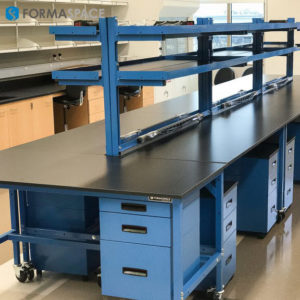
We invite you to join the roster of satisfied Formaspace technical, manufacturing and laboratory furniture clients — including Apple Computer, Boeing, Dell, Eli Lilly, Exxon Mobile, Ford, General Electric, Intel, Lockheed Martin, Medtronic, NASA, Novartis, Stanford University, Toyota and more.
Give us a call today at 800.251.1505 to find out more about the Formaspace line of built-to-order computer workstations, industrial workbenches, laboratory furniture, lab benches and dry lab/wet labs — as well as our design / furniture consulting services. Like all Formaspace furniture, it’s backed by our famous 12 year, three shift guarantee.


